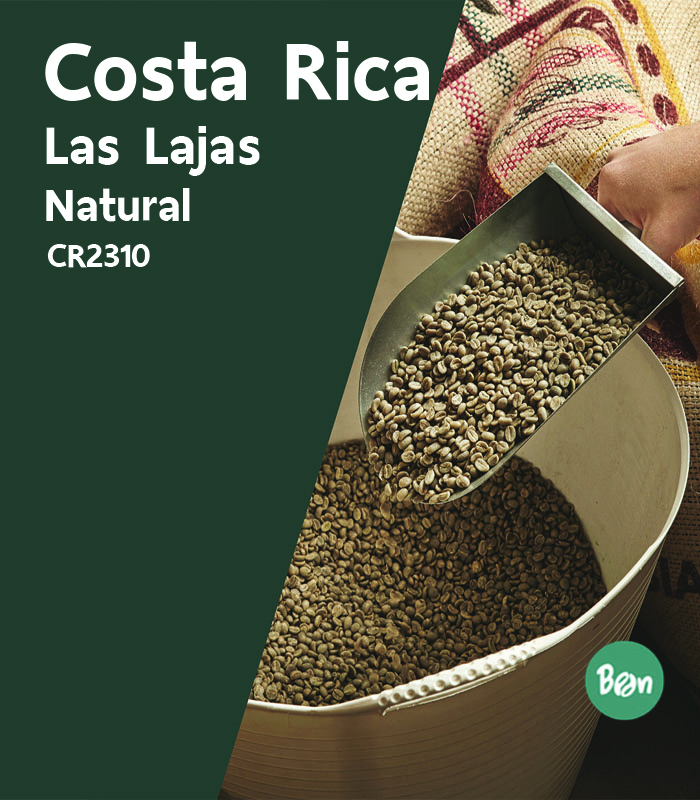BEAN INFORMATION
Oscar and Francisca Chacon, owners of the now-famous Las Lajas Micromill, are a third generation of coffee growers strongly oriented to quality and innovation. They are undoubtedly best known for being among the first, if not the first, to introduce the honey process in Costa Rica.
Las Lajas has adopted the honey process starting in 2008after an earthquake had caused damages and interruptions to the channels supplying water to the mill. Oscar knew that in Brazil and Ethiopia so-called natural and pulped techniques were used for coffee processing, so he experimented with such processes on the crop that same year.
Since then, harvesting and processing are supervised with great care by Oscar and Francisca: during the harvest, the sugar content of the cherries is continuously measured with a Brix refractometer to verify the degree of ripeness, and the hand-picking begins when the value reaches a predetermined objective (22°) only. Different varieties ripen with different colors: the use of the refractometer helps to achieve a more uniform maturation, which is essential for the production of high-quality natural and honey coffees.
Oscar also believes the drying curve has a fundamental impact on the coffee flavor, similar to what happens during roasting where the temperature profile heavily influences the sensory characteristics of the coffee. At Las Lajas coffee drying is therefore very slow and sought after, which means that production is necessarily limited.
As far as the natural process is concerned, Las Lajas produces three types (Perla Negra, Diamante, and Alma Negra ) that differ precisely for the drying process.
In the case of the Alma Negra, drying is carried out on a patio. As they move coffee on patios, they flip the crust formed rather than create rows with a rake. They found out it makes it more consistent as a lot. With their process, they manage to use only 1 cube meter of water a day that they rest in a pond for a day to clean it before releasing it in the land. The cherries are often turned around during the day and amassed during the night, with the aim of obtaining a particularly intense, sweet, and fruity aromatic profile.




